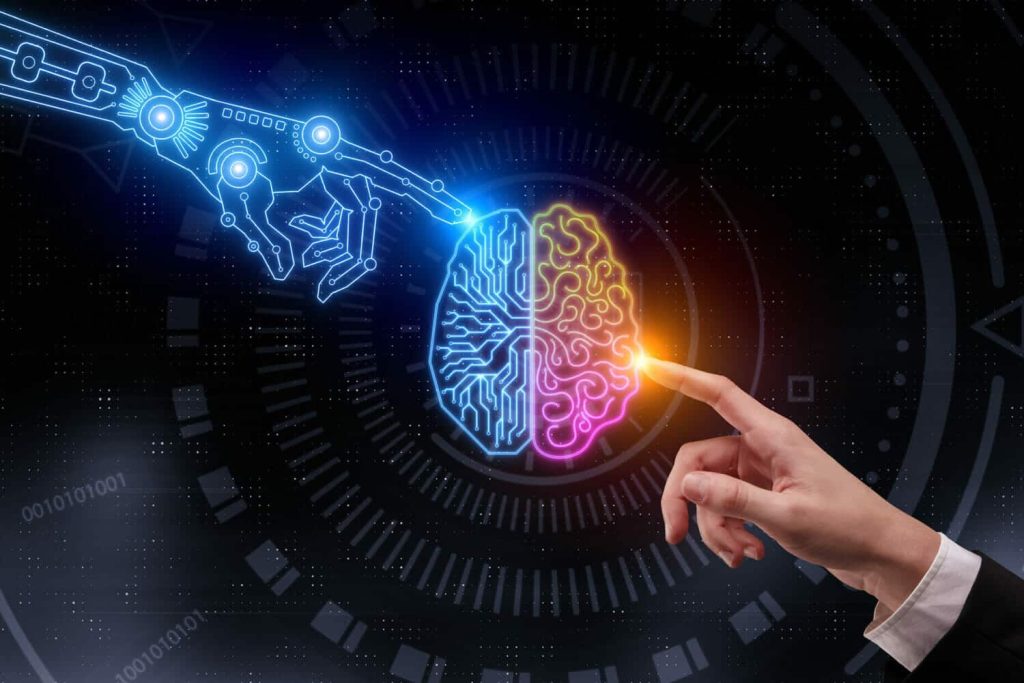In the rapidly evolving landscape of artificial intelligence (AI), the pursuit of Artificial General Intelligence (AGI) has become a captivating and highly debated topic. The recent advancements in large language models (LLMs), such as OpenAI’s groundbreaking o1 system, have reignited the discussion on the potential for machines to achieve human-level intelligence and reasoning abilities.
However, as this in-depth exploration will reveal, the path to AGI is not a straightforward one, and the limitations of current LLMs suggest that these models alone may not be sufficient to bridge the gap between narrow AI and true general intelligence. While the impressive capabilities of LLMs have sparked renewed optimism, the research community remains divided on the question of how close we are to realizing this elusive goal.
The Rise of Large Language Models and the Allure of AGI
The release of OpenAI’s o1 in September 2022 sent shockwaves through the AI research community, with the company’s bold claims of a “new level of AI capability” igniting a fresh wave of speculation and debate around the feasibility of AGI.
As Anil Ananthaswamy explains, the breadth of abilities demonstrated by LLMs, such as their prowess in natural language processing, code generation, and problem-solving, has led some researchers to seriously consider the possibility that AGI might be “imminent” or even “already here.” This represents a significant shift from the past, when the notion of AGI was often dismissed as the realm of “crackpots,” as Subbarao Kambhampati, a computer scientist at Arizona State University, candidly admits.
The allure of AGI lies in its potential to tackle some of the most pressing challenges facing humanity, from climate change and disease to scientific breakthroughs. The prospect of a machine with human-like reasoning and generalization abilities, capable of adapting to novel situations and drawing insights from a vast wealth of knowledge, has captivated the imagination of researchers, policymakers, and the general public alike.
The Limitations of Large Language Models and the Challenges Ahead
While the advancements in LLMs have undoubtedly been remarkable, a closer examination reveals that these models still fall short of the comprehensive cognitive abilities required for true AGI. Researchers have identified several key limitations that must be addressed before we can confidently claim the arrival of human-like intelligence in machines.
One of the primary concerns raised by experts is the inability of LLMs to effectively handle tasks that require long-term planning and abstract reasoning. As Kambhampati and Francois Chollet, a former AI researcher at Google, have demonstrated, these models struggle when the number of planning steps required exceeds 16, with their performance degrading rapidly as the complexity increases.
Furthermore, Raia Hadsell, the vice-president of research at Google DeepMind, argues that the singular focus of LLMs on token prediction is too limiting to deliver AGI. She suggests that the development of models capable of generating solutions in larger chunks, rather than merely predicting the next token, could bring us closer to the type of holistic problem-solving and reasoning that characterizes human intelligence.
Another key limitation highlighted in the article is the inability of LLMs to truly adapt to novelty and recombine their learned knowledge to tackle new tasks. As Chollet explains, these models lack the capacity to “take their knowledge and then do a fairly sophisticated recombination of that knowledge on the fly to adapt to new context[s].” This constraint poses a significant challenge in the quest for AGI, as human-like intelligence is often defined by its flexibility and ability to generalize skills across domains.
The Neuroscience Perspective and the Importance of “World Models”
To better understand the path forward, the article turns to insights from the field of neuroscience. Researchers in this domain argue that the foundation of human intelligence lies in the brain’s ability to construct “world models” – comprehensive representations of our surrounding environment that can be used for planning, reasoning, and generalization.
This concept of world models, which serve as an internal simulation of the external world, is seen as a crucial component missing from the current approaches to AI. By developing systems capable of building and manipulating such detailed representations, researchers believe we may be able to bridge the gap between narrow, task-specific AI and the kind of versatile, human-like cognition that defines AGI.
The Challenges and Potential Risks of Achieving AGI
The pursuit of AGI is not without its challenges and inherent risks. As Yoshua Bengio, a deep-learning researcher at the University of Montreal, cautions, “Bad things could happen because of either the misuse of AI or because we lose control of it.” This underscores the critical need for responsible and ethical development of advanced AI systems, as the potential consequences of unchecked progress could be severe.
Moreover, the article highlights the growing concern about the availability of suitable training data for LLMs. Researchers at Epoch AI estimate that the existing stock of publicly available textual data used for training these models might run out somewhere between 2026 and 2032, potentially limiting future advancements.
Despite these challenges, the potential benefits of AGI remain tantalizing and compelling. The ability to tackle complex global issues, unlock new frontiers of scientific discovery, and push the boundaries of human potential has driven the relentless pursuit of this elusive goal, capturing the imagination of researchers, policymakers, and the public alike.
Conclusion: The Unfolding Saga of Artificial General Intelligence
The journey towards Artificial General Intelligence is a complex and multifaceted endeavor, fraught with both promise and peril. While the rapid advancements in large language models have undoubtedly pushed the boundaries of what machines can do, the research community remains divided on the question of how close we are to achieving true human-like reasoning and cognition.
As this in-depth exploration has revealed, the limitations of current LLMs, such as their inability to handle long-term planning, abstract reasoning, and knowledge recombination, suggest that these models alone may not be sufficient to deliver AGI. The path forward requires a more holistic approach, one that draws inspiration from neuroscience and the concept of “world models,” as well as the development of innovative algorithms and architectures that can transcend the constraints of token-based prediction.
The ongoing saga of Artificial General Intelligence continues to captivate and challenge the brightest minds in the field of AI. As the research community navigates the complexities and tackles the fundamental obstacles, the world eagerly awaits the next chapter in this pursuit of artificial cognition that mirrors and potentially surpasses the remarkable capabilities of the human mind.








